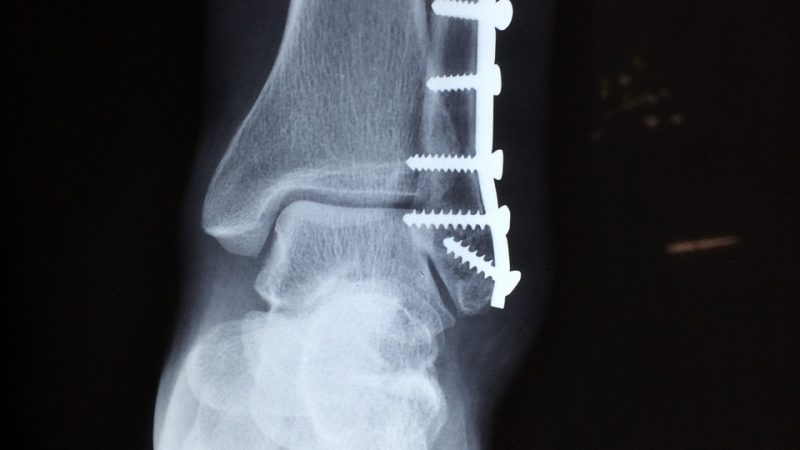Podiatry
What Is Podiatry?
Podiatry is the branch of medicine that has to do with the diagnosis and treatment of abnormal conditions of the foot, ankle, and other lower extremities. The treatment may at times involve surgery, rehabilitation, or the fitting of orthotic devices. Podiatrists also treat the day-to-day problems that can occur with toenails, corns, and calluses. So, yes, podiatrists are real doctors, physicians, and they are the only medical professionals who specialize in treating the foot and ankle.
To become a Podiatrist, you need to complete a 4-year Doctor of Podiatric Medicine (DPM) degree after completing a Bachelor’s degree, likely in one of the sciences. It’s sometimes possible to get into a DPM program with only 3 years of undergraduate work in lab sciences and general education, but most Podiatrists complete Bachelor’s degrees first. All applicants for DPM programs complete the same exam, the MCAT, that most medical schools require. Part of the DPM program involves clinical rotations to gain some experience in the methods of the field, and then grads with DPMs go on to serve a 3-year residency before going into practice. They may complete specialty training such as treating patients who suffer from diabetes. Sound pretty much like all medical doctors? Yes, it is, as far as training is concerned.
Do you think you’re cut out for this field? You’d need to be ready for a lot of time in training, that’s for sure. You’ll need all the compassion and sensitivity that all medical fields require, as well as attention to detail. So, as long as there’s not a Yuk! factor for you (that “who wants to look at feet all day” feeling), this may be the medical field for you. Titles are pretty limited including Podiatrist, Podiatric Medical Assistant, Health Technician (Podiatry), and Administrative Practice Manager – Podiatry.



